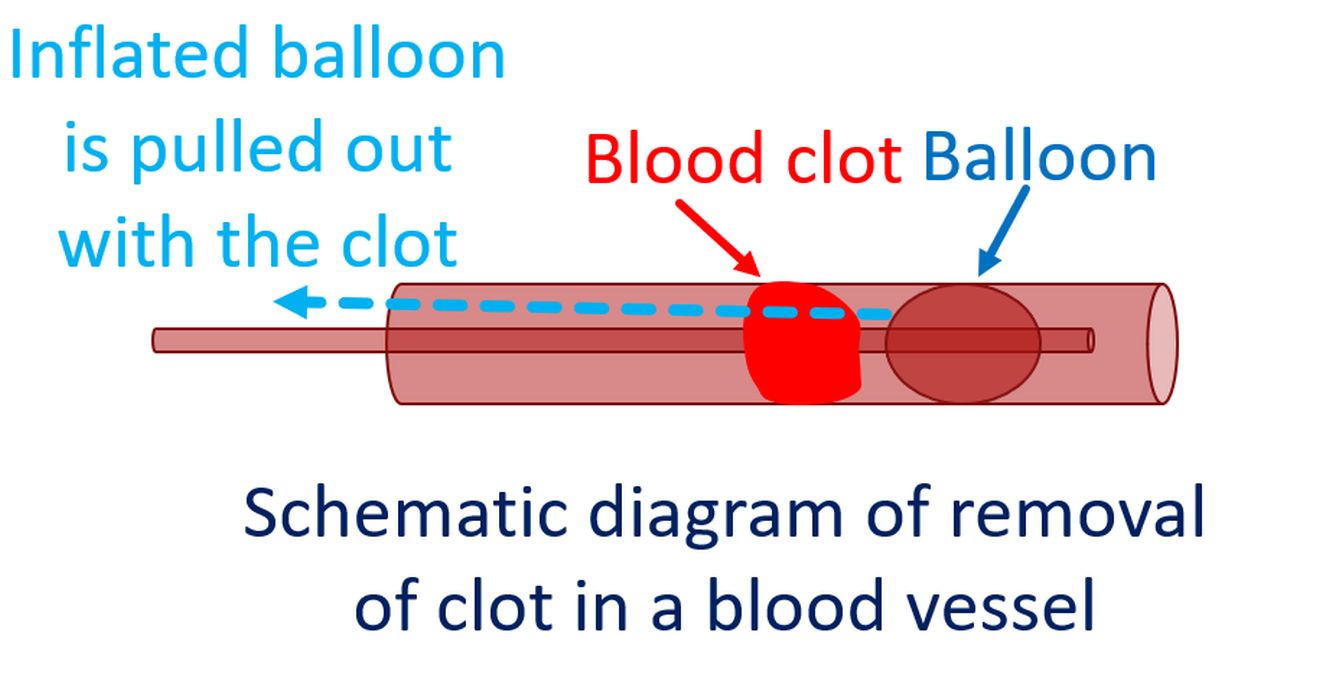Treatment of acute limb ischemia
Treatment of acute limb ischemia
एक्यूट लिम्ब इस्किमिया का उपचार
Acute limb ischemia is a rapid decrease in the blood flow to an upper or lower limb due to a sudden block in the blood vessel, usually due to a clot. Clot could form either locally or get carried to the site from a clot elsewhere like the chambers of the heart. Sudden loss of blood supply causes severe pain, pallor of the limb, coldness of the limb, loss of sensation and loss of muscle power. Prompt treatment is required to save the limb as well as life.
Treatment options could be removal of the clot by surgery, using tubes introduced through blood vessels or a bypass surgery of the blood vessel if the obstruction cannot be removed. Bypass may be required when the clot has formed over a pre-existing long block due to fat deposits. Pre-existing blocks can also be removed by a procedure known as balloon angioplasty in which balloons attached to tips of long slender tubes are inflated at the site to remove the block. Tiny metallic spring like material known as stents may then be inserted to prevent recoil of the enlarged blood vessel.

Sometimes hybrid procedures are done in which initial clot removal is by surgery and it is followed by angioplasty and stenting. This hybrid procedure is usually done in hybrid operating rooms where there is equipment for continuous X-ray imaging. Blood vessel is visualized while on the operating table by injecting radiocontrast medication into them and taking continuous X-ray images, known as intraoperative angiography. If residual block is detected, it is treated by angioplasty and stenting.
Very rarely, if the limb is beyond salvage, an amputation may have to be done to save the life of the patient. A severely damaged limb can produce toxic materials which can be dangerous to the rest of the body. Infections from the severely damaged limb can spread along the bloodstream and cause major illness known as sepsis, which could be life threatening. Even in such cases, early opening up of the blood vessels could decrease the size of the limb loss by amputation.
In all cases, medications to prevent extension of the clot from the site of obstruction both backwards and forwards are needed. In some cases, such medications are continued after procedures also, when there is a chance of recurrence of clot formation. Some such medications may need regular monitoring of blood clotting function to assess effectiveness and to avoid bleeding as as side effect.

